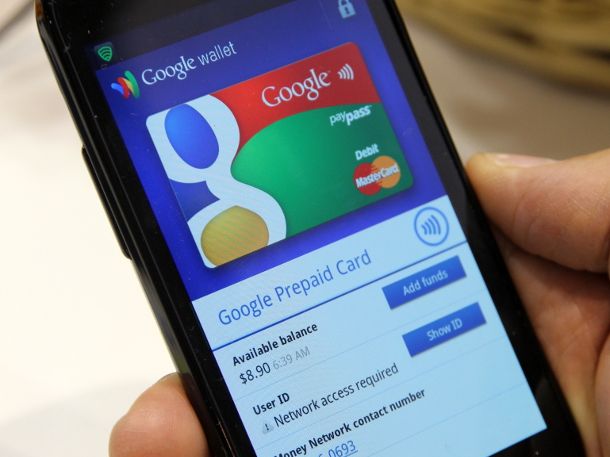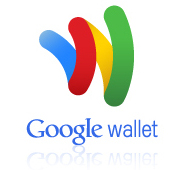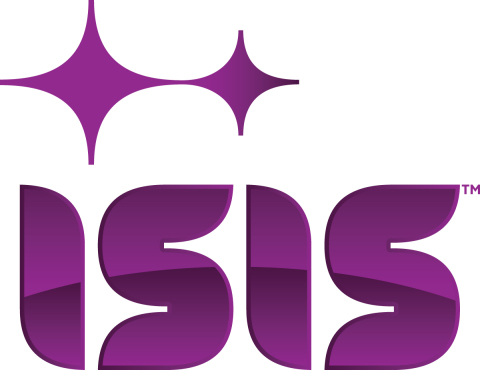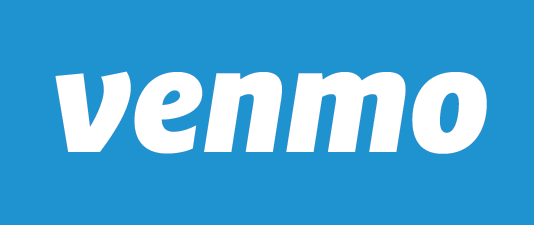
Imagine eliminating the need to reach for anything at all to pay for lunch; or being able to avoid the line by ordering ahead while on your way to the store. Features like these are made possible by “mobile wallets” – smartphone apps such as PayPal, Square Wallet, or Isis that can be used to pay for purchases instead of pulling out your actual wallet.If you are not using any of those apps yet, you may be soon. Research firm Gartner estimates that by 2017, mobile payments will exceed $721 billion a year, up from the $235 billion recorded in 2013.While these apps offer a variety of promotions to convince us to use them for everyday purchases with our phones – do they go far enough to break our old habits? What has to happen so we don’t reach for our credit card or cash first? And how ready is the New York retail space?
CONVENIENCE OF THE FUTURE
By accepting mobile payments companies can appeal to a wider audience offering not only another form of payment but also a faster, customized checkout experience. With long lines and millions of consumers New York seems to be the ideal testing ground for mobile payment apps.Starbucks, for example, got about 10 million customers hooked, having the currently most successful mobile payment app in the race. Customers using the Starbucks app can not only pay with their phone, but they receive instant discounts, and are directly linked to Starbucks’ rewards program.They aren’t the only ones though: There’s the PayPal app that lets you order and pay for things ahead of time–which can be a huge time saver especially in a busy city like New York; stickers on Duane Reade store doors all over New York City invite us to pay with Google Wallet; lately, the info screen inside NYC’s yellow cabs featured an advertisement about how to use and save with Isis; and if you’re one of the city’s frequent subway riders, chances are that your subway car was decorated with Venmo advertisements.The possibilities are endless and certainly promising, so we decided to have a closer look at Square Wallet, Google Wallet, Isis and Venmo to explore how ready New York really is for mobile payments.
POPULAR MOBILE WALLET APPS – AN OVERVIEW
|
|
|
|
|
|
| Method | Swipe to pay | Tap to pay | Tap to pay | Email, text, or via the app to other users |
| Our ranking | #1 | #2 | #3 | #3 (not fully comparable) |
| Availability | iPhone and Android (beta) | NFC is currently not available on the iPhone | Select Android phones; select carriers and models of iPhone.Requires Isis Ready® case | iPhone and Android |
| Peer-to-peer payments | Yes | Yes | No | Yes, only |
| Perks | Promotional offers to save at nearby businesses. | Google payment card available with lifted transaction limits | Automatically brings up your saved store loyalty card with your payment at the respective store. | Venmo rewards you when you get your friends “to Venmo.” |
| Pros | No need to get phone to pay, allows hands-free checkout at stores selected and pre-authorized by user. | No need to open app to pay, pulls up receipt upon payment for better control, easy to keep track of payments. | offers and store coupons can be virtually attached to the chosen credit or debit card. | Recipient of your request doesn’t need to use Venmo, the message can be sent via text or email. |
| Cons | Limited store network, no payment history | Limited store network | Isis needs a special SIM card that you can currently only get AT&T, Verizon and T-Mobile. | No in-store payments, only friend-to-friend. |
| Notes | Simplicity here speeds things up tremendously, very appealing design. | Appears plastic, technical. | Setting up payment cards can be a headache. | The (optional) public sharing options which allow other users to see the payments you send and receive takes transparency to a whole new level. |
ARE MOBILE WALLETS THE FUTURE?: OUR VERDICT
To sum it up: Paying with a mobile wallet certainly has its perks – loyalty points, hands-free payment, ordering ahead – and a lot of potential, but there are still too many blank spots on the service map of mobile payments. There are few to no options for everyday needs such as public transportation or grocery shopping. Security could also be an issue: So far, no major breaches of mobile wallets have been discovered, but one cannot ignore that once these apps grow in popularity, so will the potential for hackers to exploit any security weaknesses.But with technology currently revolutionizing the entire retail industry and Apple’s iBeacon platform at the forefront, we will experience another wave of mobile payment and checkout systems entering the market and pushing the idea of an omnipresent mobile wallet.It will be interesting to see how new apps will emerge into the market and which technology will stay in the race. Even though the idea to use your phone as your wallet still needs some more time to spread and find acceptance, on both the consumer and merchant side, it already shows some elements of convenience that we may not want to miss. And once again, New York City will be the place to be to see these developments come to life first and on a large scale.





